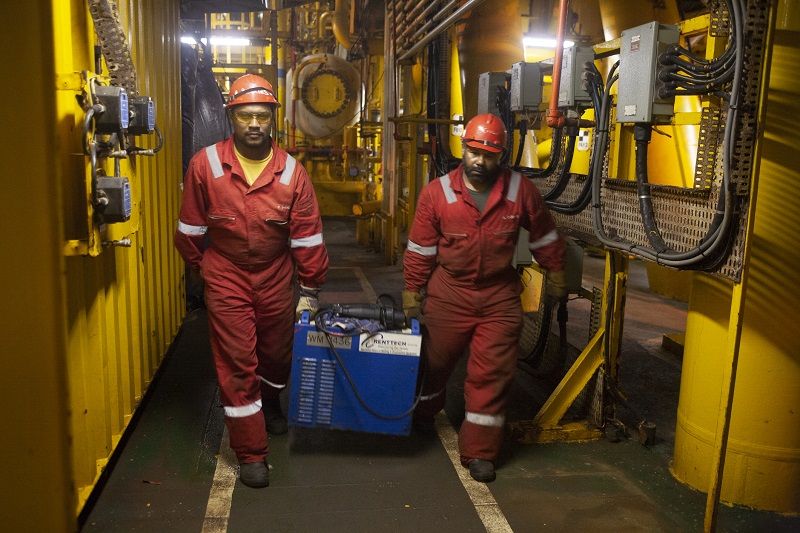The manufacturing sector plays a significant role as the catalyst for industrialization and the engine of growth of any economy. However, in Nigeria, the industry faces several challenges.
These challenges are why the manufacturing sector’s share of the Gross Domestic Product (GDP) in Nigeria is unimpressive. In 1960, the sector’s contribution to the GDP was a modest 4.8%. By 2019, it stood at 9.06% as against the 9.20% it contributed in 2018.
That’s quite small when compared to the contribution of manufacturing sectors to GDP in other emerging economies. Manufacturing contributes 20 percent of Brazil, 34 percent in China, 30 percent in Malaysia, 35 percent in Thailand, and 28 percent in Indonesia as of 2012.
Although, according to the March 2020 Purchasing Managers’ Index (PMI) report, Nigeria’s manufacturing sector has been expanding for the thirty-sixth consecutive month, albeit at a slow rate.
The records show an increase in production levels and new orders in seven of the fourteen manufacturing subsectors surveyed. However, these growth trends do not nullify the fact that the government needs to take out the challenges facing the manufacturing sector.
According to the Manufacturer’s CEOs Confidence Index (MCCI) 2019 report, the top 3 manufacturing challenges in Nigeria are:

- Poor power supply
Nigeria’s epileptic power supply remains chief among the challenges that manufacturers and non-manufacturing SMEs face. Most firms rely on standby emergency power generators to run seamless operations. This raises the cost of energy, and thereby adds to overall production cost. - Multiple taxations and over-regulation
On multiple taxations, the MCCI report showed that eighty-nine percent of manufacturing CEOs interviewed agreed that various taxes and levies depress production in the sector.
It shows that manufacturers pay over thirty different taxes, levies, and fees to agencies of the Federal, State, and Local Governments based on increased revenue targets. - Lack of access to loans
Another industrialization challenge in Nigeria is the stiff requirements and high-interest rate on bank loans. For manufacturers, a lack of adequate access to capital at reasonable interest rates to help finance core operations or expand business hinders growth.
What are the possible ways out?
These are not all the challenges facing manufacturing in Nigeria. However, to overcome these growth barriers, the government needs to continue to create an enabling environment that will attract foreign direct investment, and make up for its infrastructural deficit, especially in the power sector.
Also, SMEs need to have easy access to credit at low-interest rates, and the multiplicity of taxes and regulation bottlenecks need to be streamlined. This will ensure that only approved taxes, levies, or fees are charged.
Nevertheless, the country’s vast population is potentially massive for investors or businesses looking to expand to Nigeria, Africa’s largest market.
Would you like to stay informed about international trade updates, and learn how to do business across the globe? Join EXIMA today!









